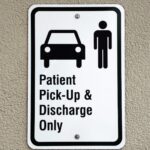Jun
08
Improving Rural Healthcare Access: Innovative Solutions for Medical Services

Rural healthcare access is a critical issue that affects millions of people living in rural areas. The lack of access to quality medical services in these areas has been a longstanding problem, but innovative solutions are emerging to bridge the … Continue reading